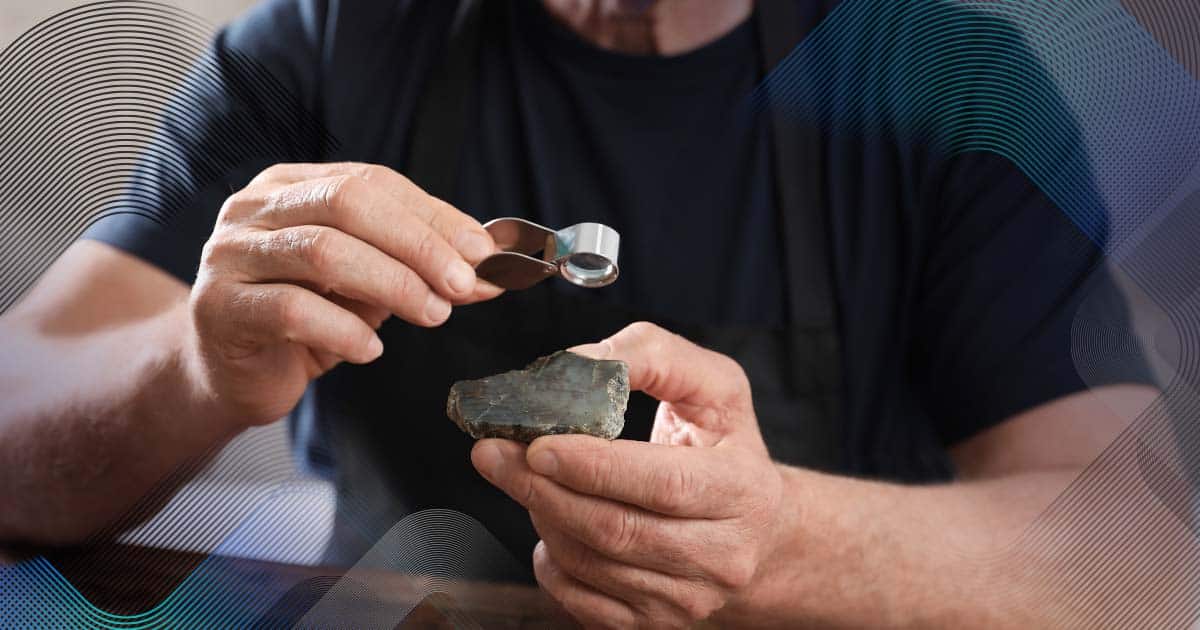
How to Test Platinum at Home: A Step-by-Step Guide
Learn how to test platinum at home to uncover the authenticity of your platinum through a series of steps.
Your Precious Metals collection is more than an art, it’s a science. Learning more about the science behind Gold and Silver will you give insight to minting and production processes used to create the iconic pieces in your collection.

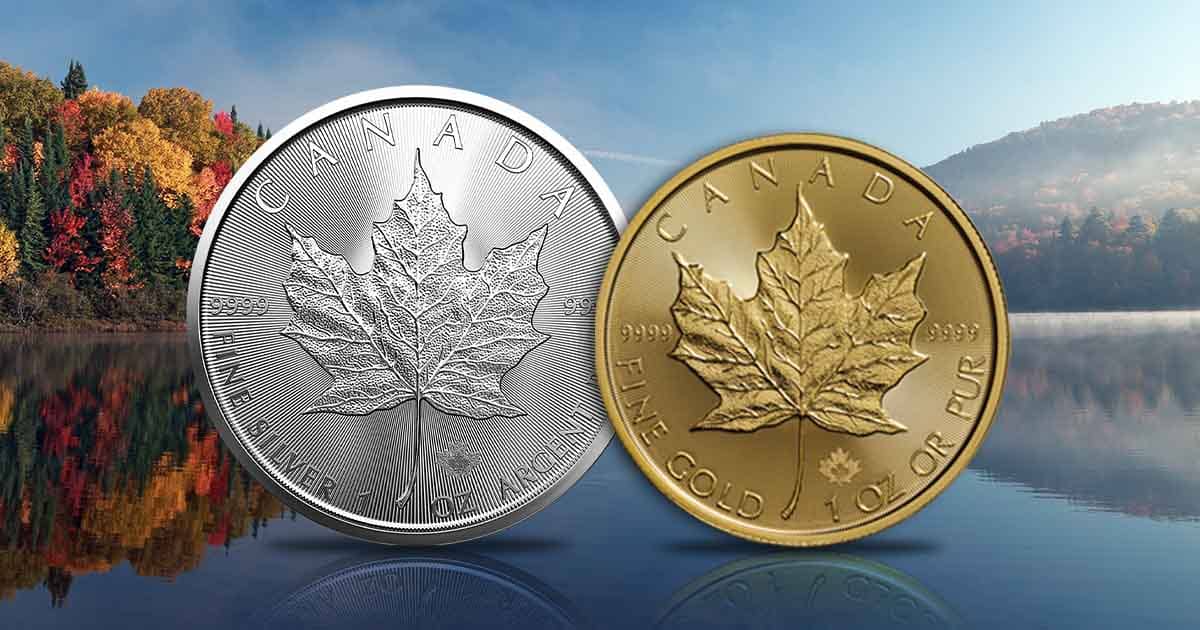
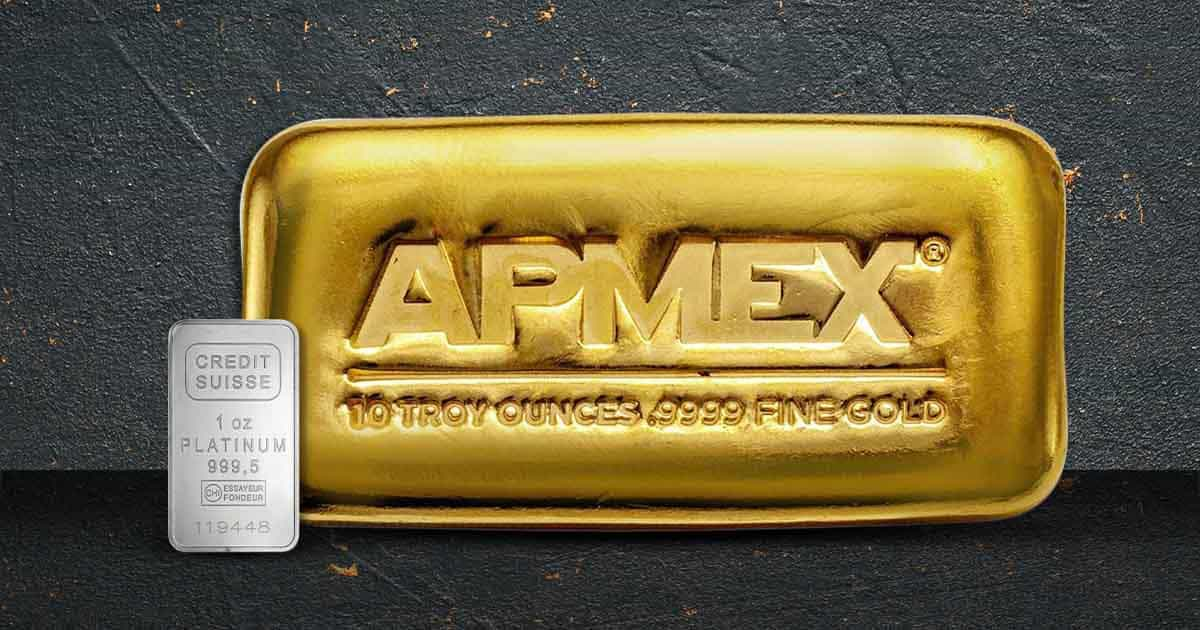
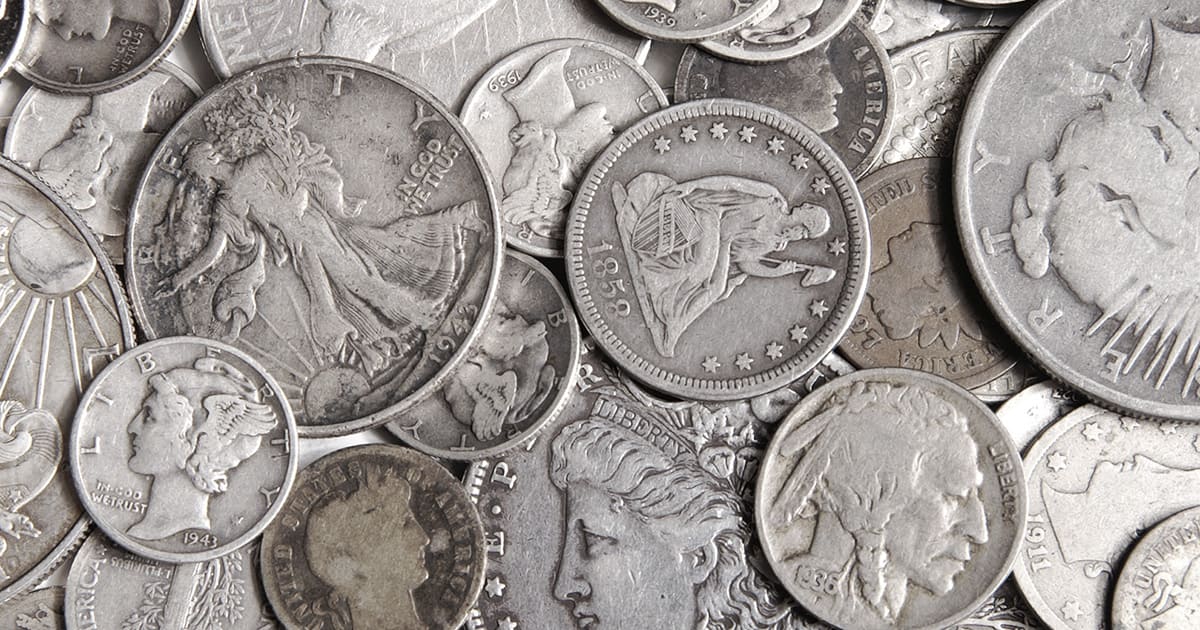
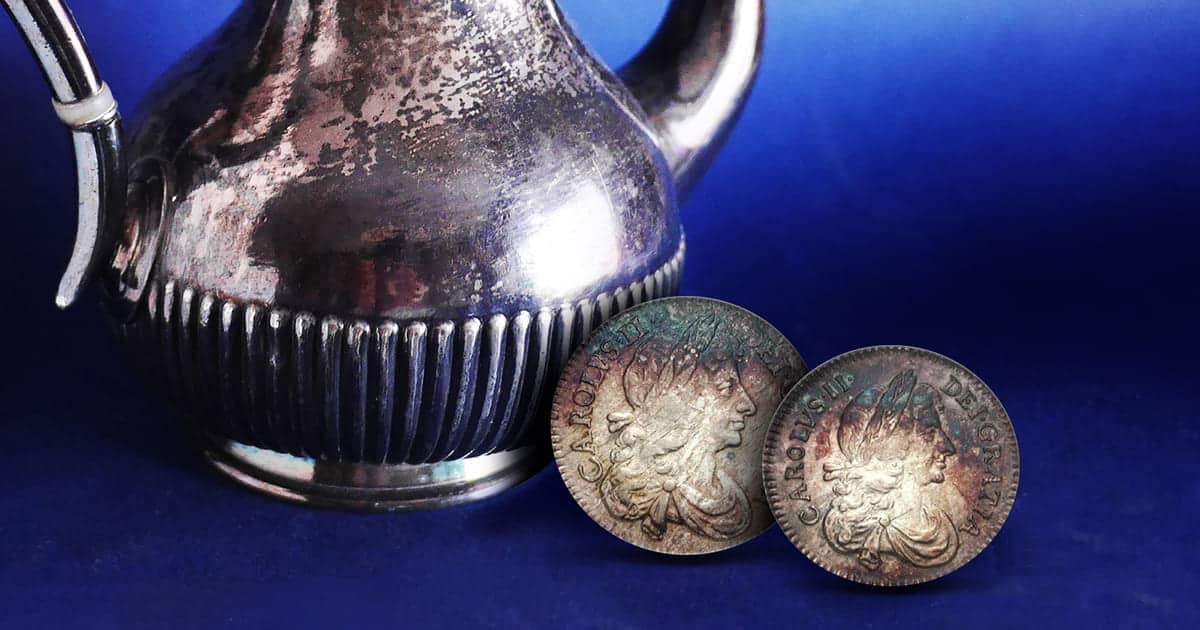

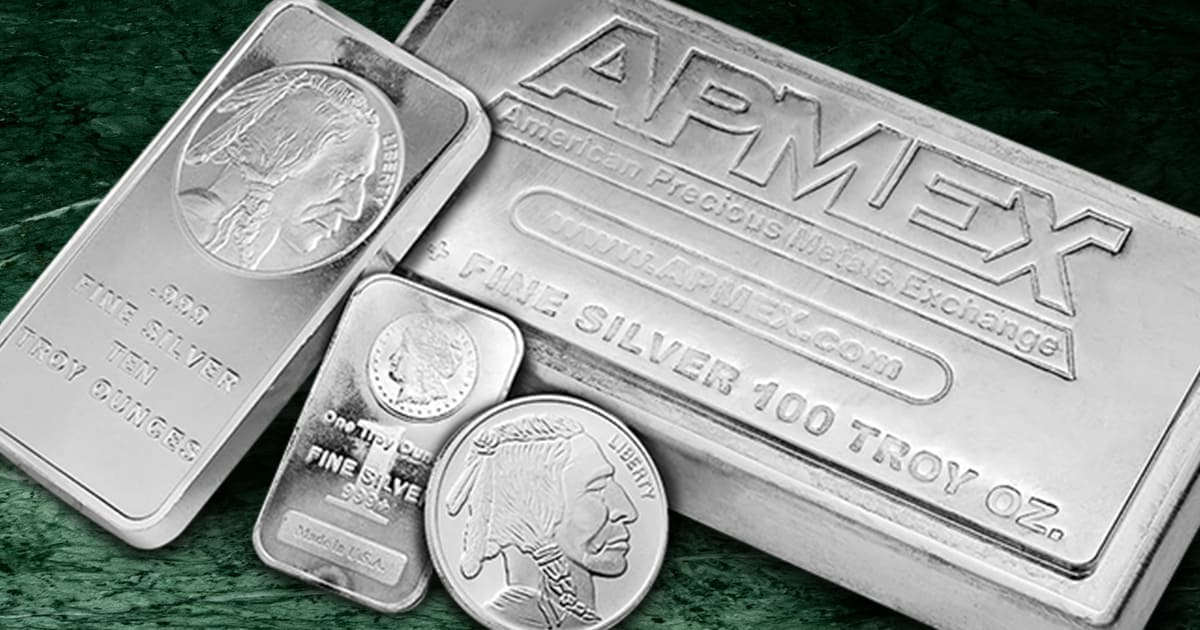
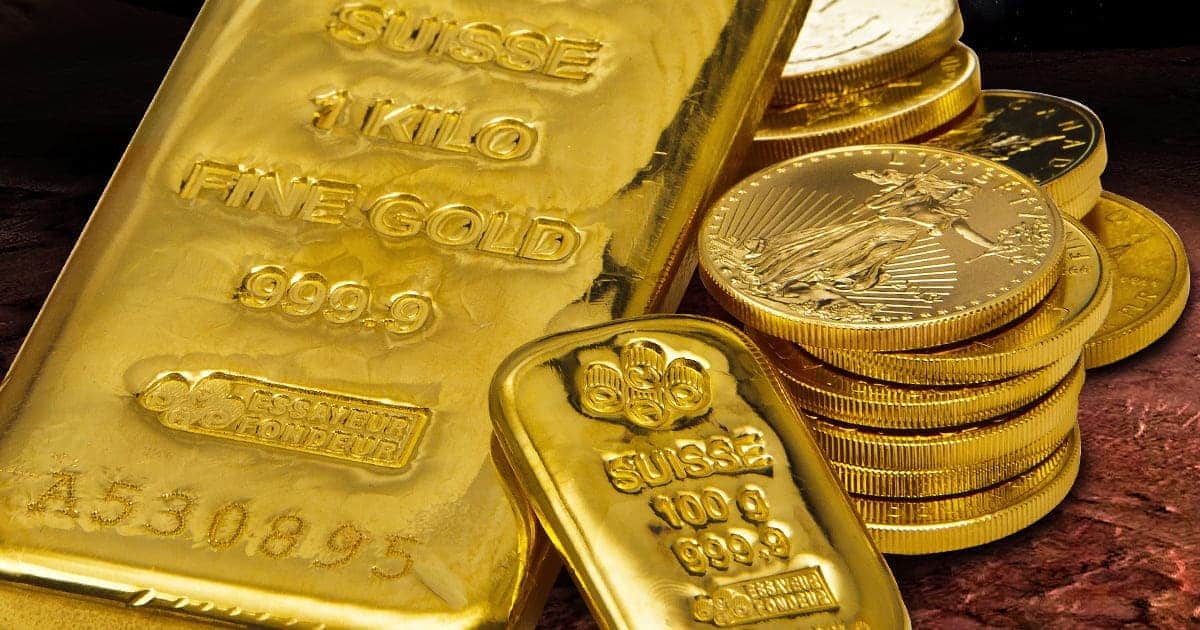
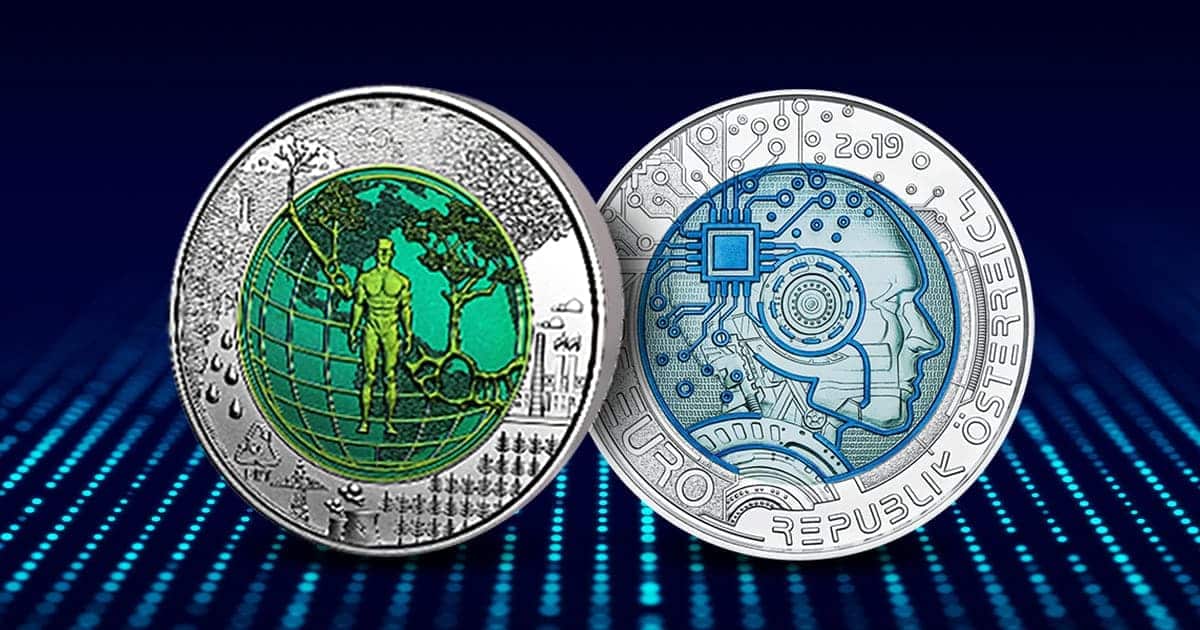

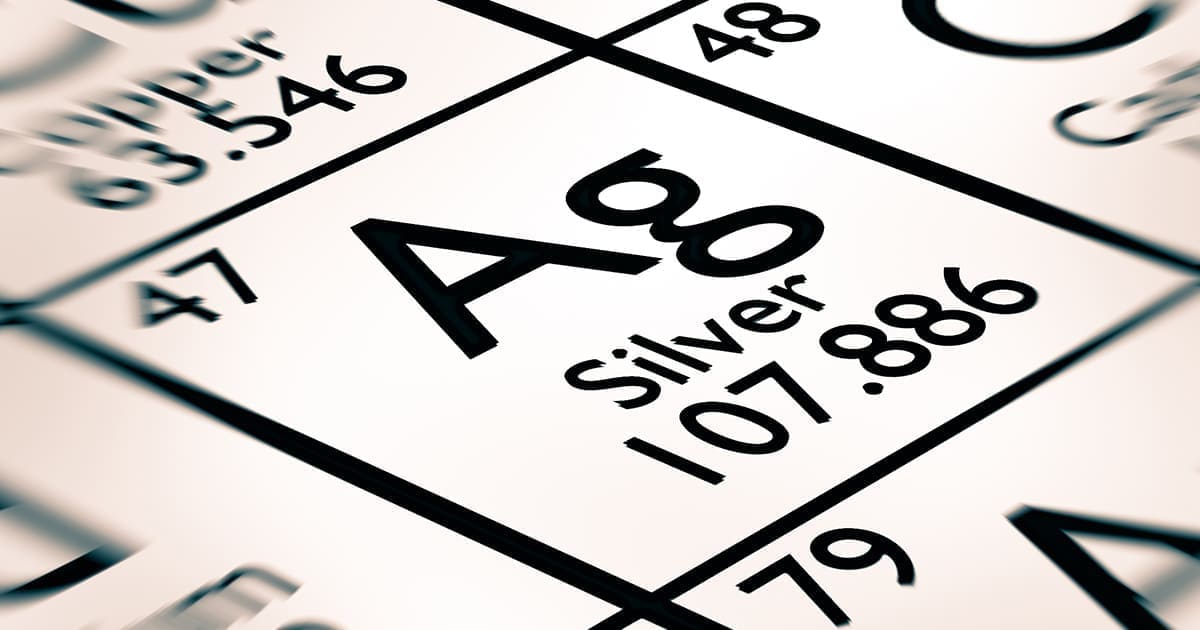
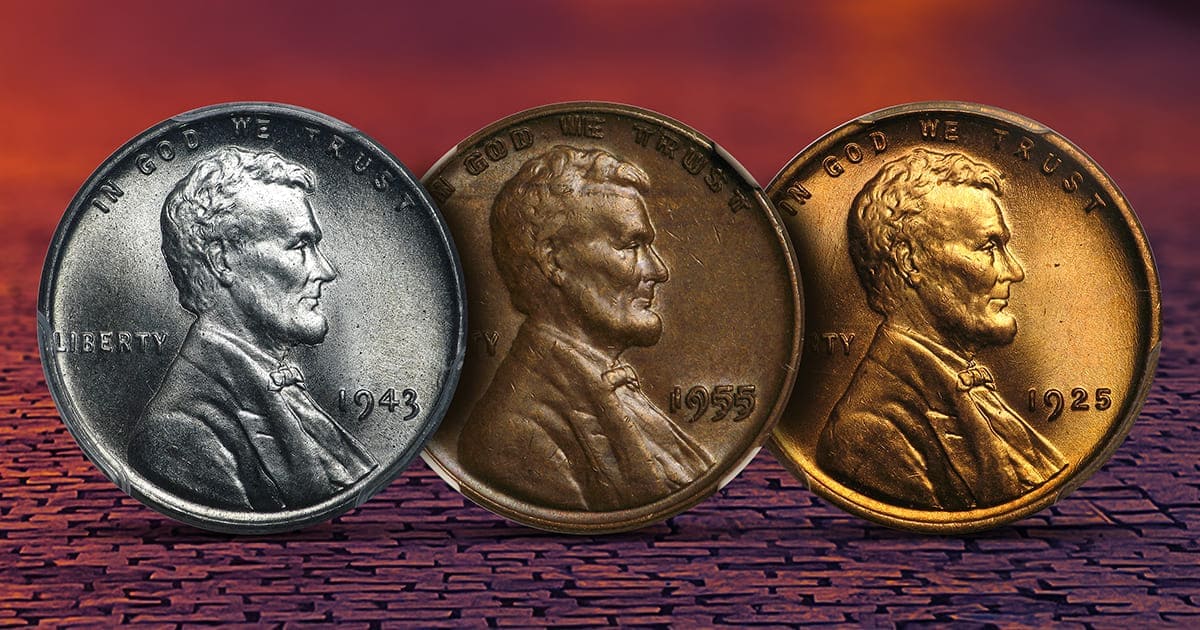
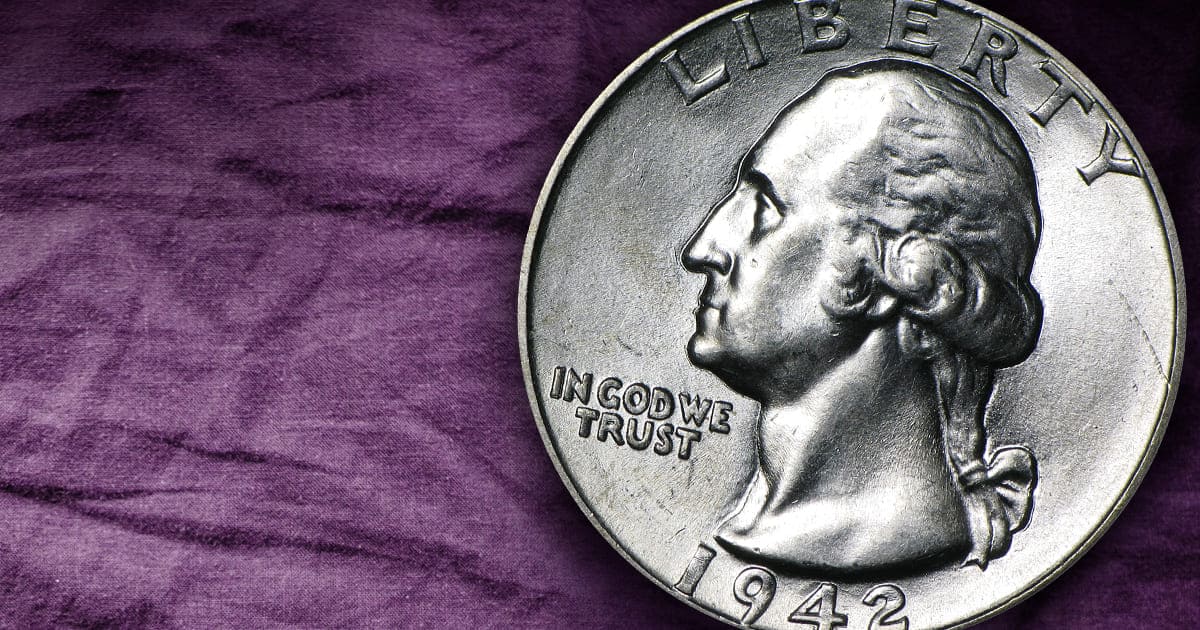
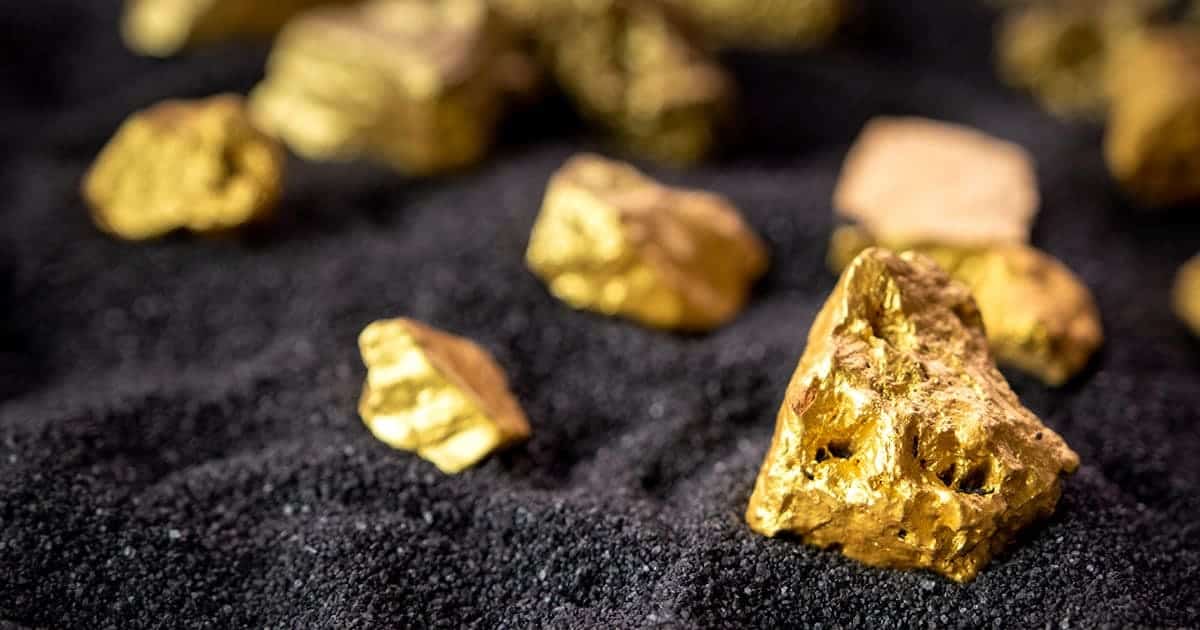
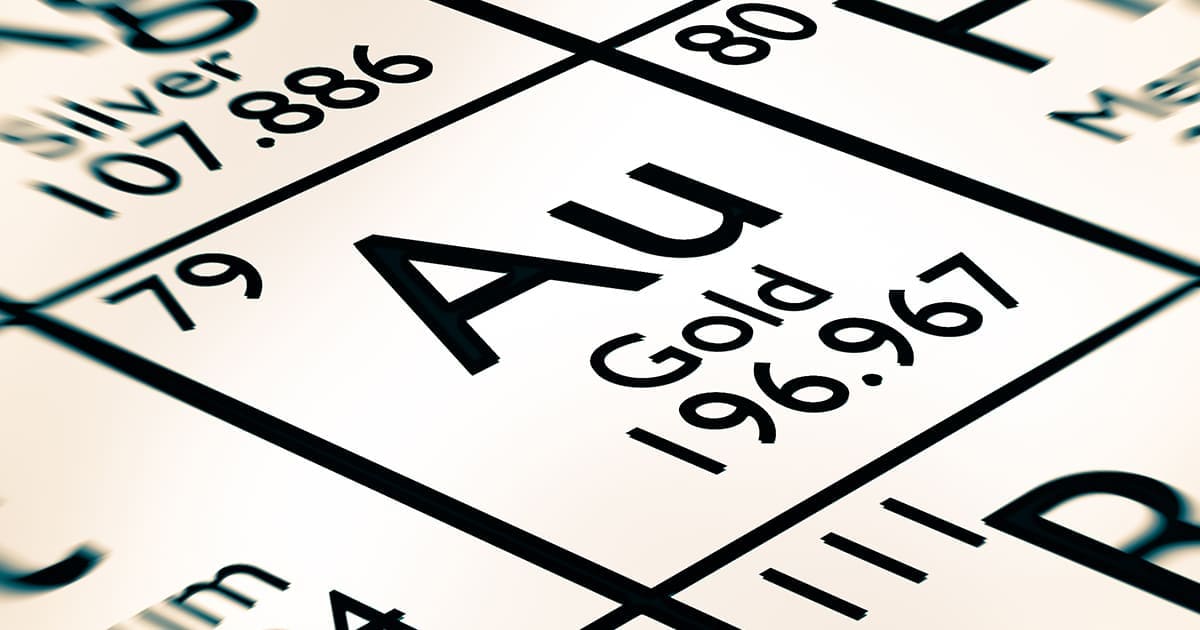
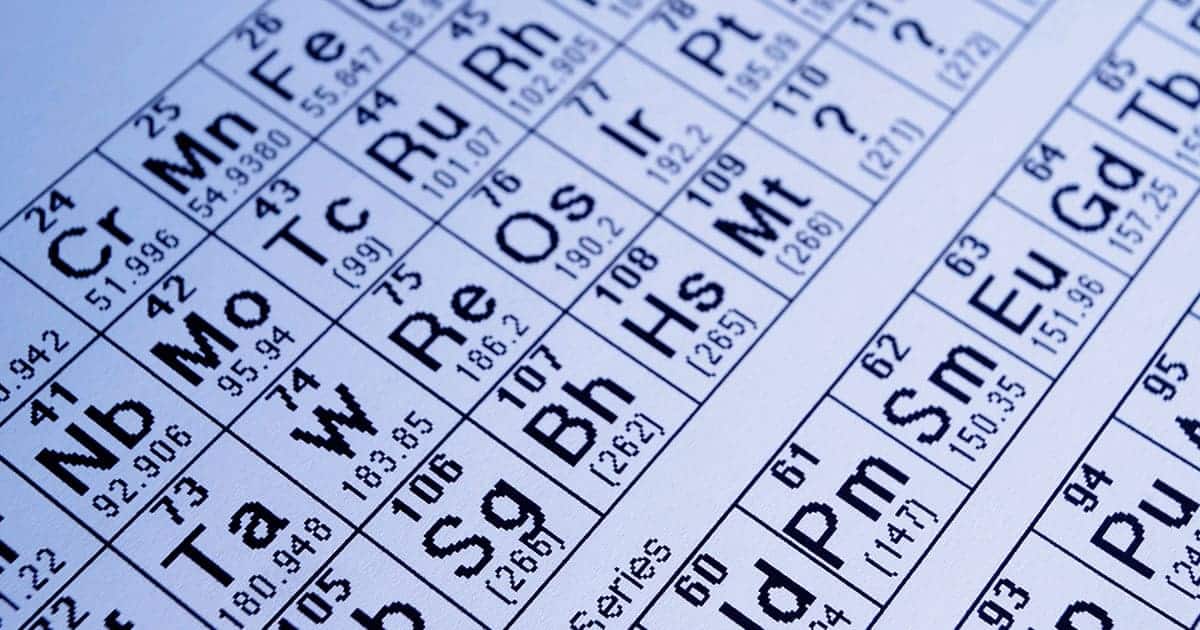
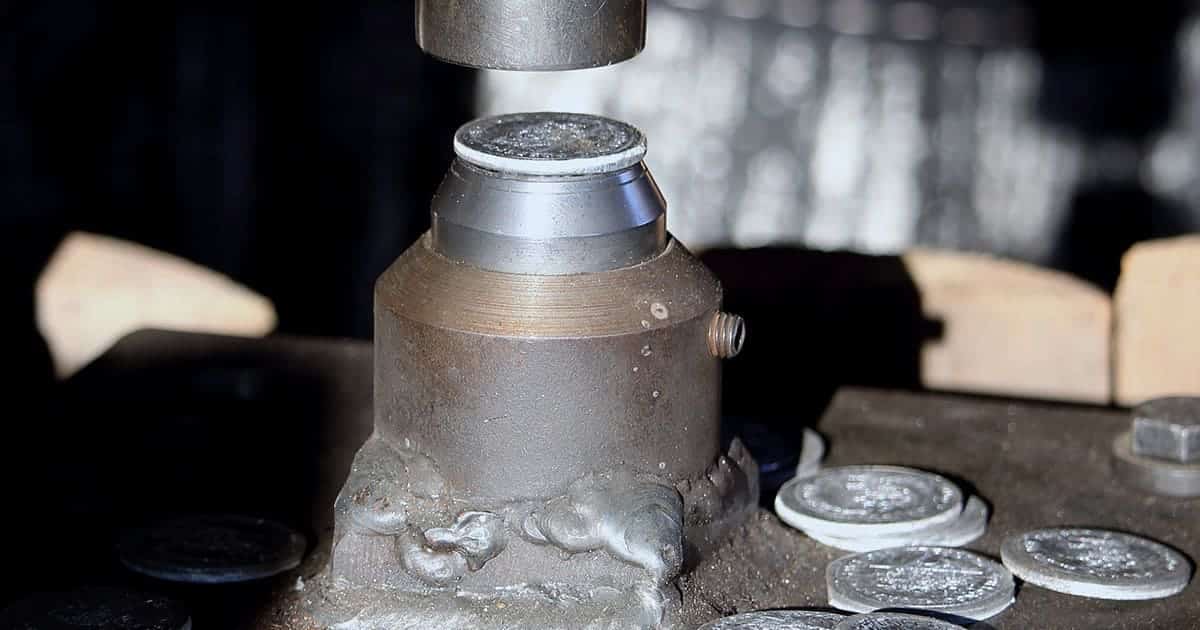


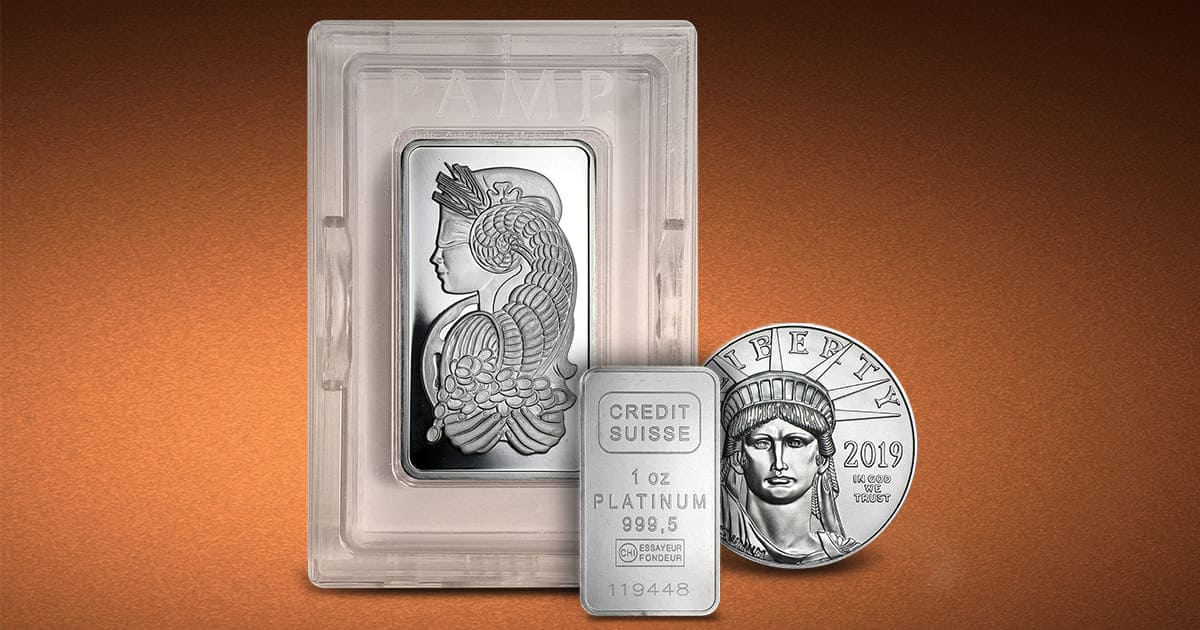
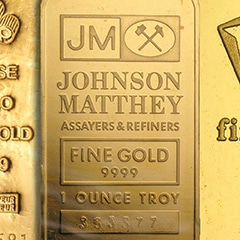
Gold, Silver, Platinum, and Palladium all come in various forms and sizes to create a variety of options for investors and collectors.
Since the U.S. Mint’s American Eagle program began in 1986, Gold and Silver Eagles have remained a popular choice among both investors and collectors